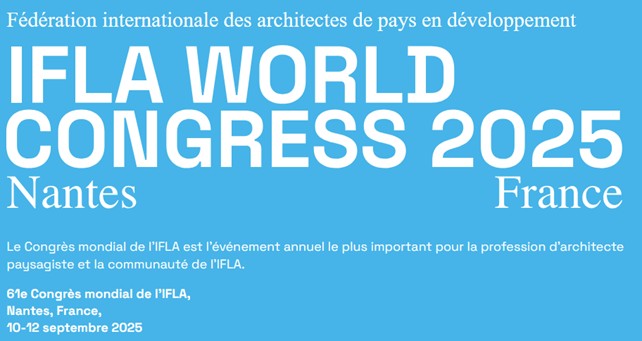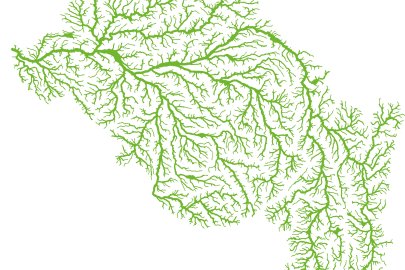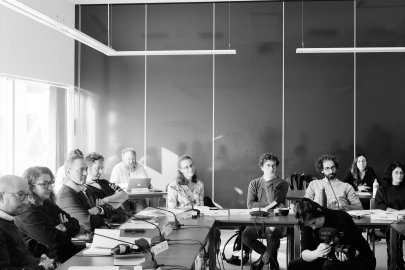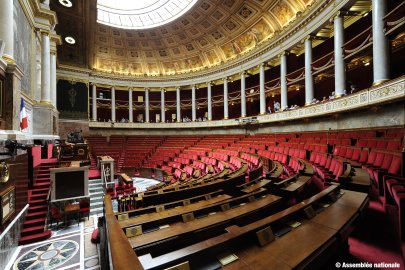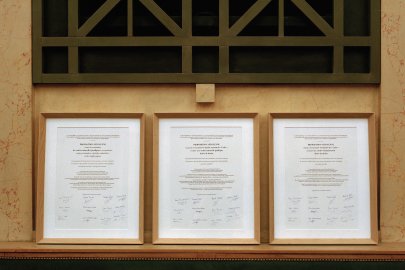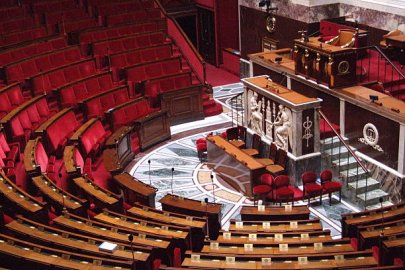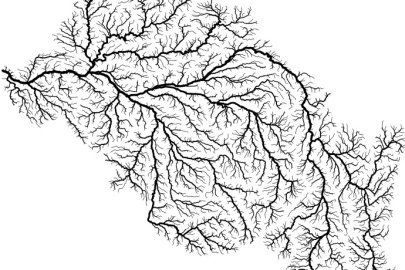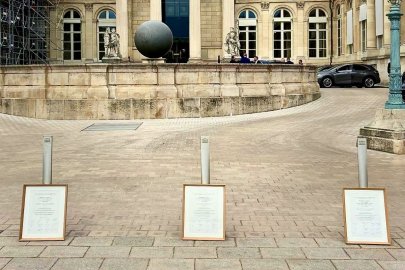The World Congress of the IFLA (International Federation of Landscape Architects) was held in Nantes from September 10 to 12, 2025, under the theme “Guiding Landscapes.” Within this framework, one of the sub-themes was dedicated to the Rights of Nature.
On this occasion, Elise Soufflet-Leclerc, representing the Council of Witnesses of the International of Rivers and Other Elements of Nature, presented a paper entitled “The Ages of the Loire: object of planning, thing to take care of, or legal subject to be established?”—thus contributing to placing the project within an international debate on emerging legal frameworks for the recognition of natural environments.
The session was chaired by Nathalie Hervé-Fournereau (CNRS, France) and provided an opportunity to learn about other initiatives in Australia, Turkey, and Quebec.
The abstracts can be consulted online: https://f-f-p.org/wp-content/uploads/2025/09/A-Abstract-book_v2.pdf (séquence 2.4-CO-S1-2)
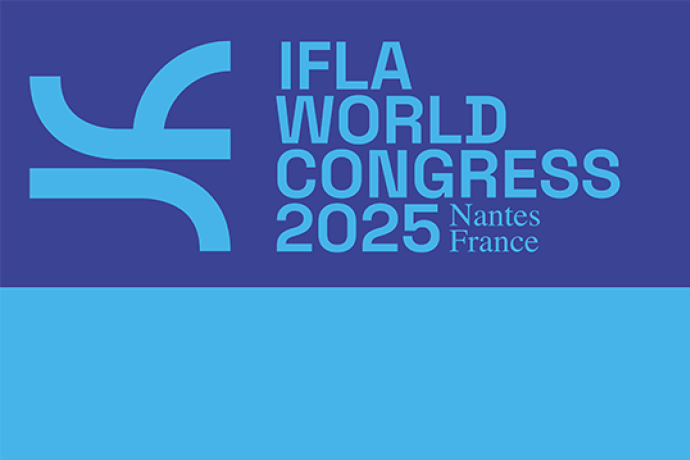
The Ages of the Loire: Object of Planning, Thing to Care For, or Legal Subject to Establish?
This text is a contribution from a member of the Council of Witnesses of the “International of Rivers and Other Elements of Nature”, a collective inspired by citizens’ conventions and other forms of dialogic democracy, seeking new ways to renew the relationship between research and society and to deepen the meaning of what it is to compose perspectives.
1 – From the Engineered Loire to the Free, Natural, and Protected Loire
The landscapes of the Loire Valley have long been the object of attention, study, and research.
The river has been subject to multiple engineering projects aimed at exploiting its hydraulic power, its capacity to cool nuclear power plants, and its sand and water resources for irrigation and drinking water supply. This development-oriented logic gave rise, from the 1980s onward, to movements of resistance, such as the SOS Loire Vivante collective, which sought to defend a different relationship with the river.
The creation of the Plan Loire Grandeur Nature in 1994 marked a turning point in this relationship, with the abandonment of dam projects and the recognition of the Loire’s environmental, landscape, social, and cultural values. In 2000, a 280-kilometer stretch of the Loire was inscribed as a cultural property on the UNESCO World Heritage List. This was followed by measures for the protection of sites and habitats. Today, the protection, management, and planning of the many facets of the “Loire object” are part of the daily work of numerous organizations—the State, local authorities, and associations alike.
2 – Governance of the Loire: By Institutions or With the River Itself?
Is the Loire merely a fragmented object, each aspect governed by the logic of public policy?
Or is it a living subject that should be considered not merely as an object of law, but as a subject of law?
Who governs the Loire? Who is legitimate to do so? Who speaks in its interest? The fiction proposed by POLAU (the Loire Cultural Observatory) in 2019 with the “Parliament of the Loire” invited participants to re-examine the river through the lenses of law, art, ecology, anthropology, and lived experience. The Loire becomes Loire. This living entity, both ecosystem and anthroposystem, raises a question: could it become a legal subject? These reflections have continued further downstream with the initiative “Towards an International of Rivers and Other Elements of Nature”, launched in 2023 by the Institute for Advanced Studies in Nantes (IEA Nantes) with Camille de Toledo. The initiative brings together scientists from multiple disciplines, artists, and a council of witnesses, with the goal of formulating proposals for laws concerning the Loire basin, the river, and its estuary.
These legislative texts draw inspiration from many initiatives around the world in defense of rivers, lakes, and lagoons. Some of these efforts were initiated by Indigenous communities, as in New Zealand, where the Whanganui River was granted legal personhood, while others emerge from Western contexts, such as Spain’s Mar Menor lagoon, which recently obtained legal personality status—the first in Europe. Other movements follow this same current: the “Appeal of the Rhône”, the citizens’ convention initiated by Paris, Rouen, and Source de Seine, or Bourges 2028, European Capital of Culture, among many others.
3 – From Loire Landscapes to the Loire System
This juridical autonomy of the Loire opens the way to a new order of things.
The Loire could be endowed with its own perspective—as a natural entity—independent of human viewpoints and interests as they are usually organized.
How does this proposal, which—like the concept of landscape—articulates natural and cultural factors, challenge or, conversely, reinforce the notion of landscape as defined in French law and in the European Landscape Convention? How might this new legal subject interact with landscape policy in France, with knowledge tools such as landscape atlases or project tools such as landscape plans? Would the concept of landscape disappear with the recognition of an autonomous subject? Or could it evolve into a system of interrelations even more powerful, through the hybridization of subjects of law?
References
Auby J.B, 2022, Retour sur la lagune espagnole de la Mar Menor : la loi de personnification du 30 septembre 2022, chemins-publics.org
Bujak A, Roudeau D, 2000, L’eau vive, Futuropolis, 140 pages
Chapouton M, Foulquier N, Rolin F, 2023, La personnalité juridique de la Seine, Gridauh, 61
de Toledo C, 2021, Le fleuve qui voulait écrire, les auditions du parlement de Loire, Les liens qui libèrent, 384 pages
Joliet F, Joliet-Bidet A., 2023, La rivière Magpie-Mutehekau shipu en personne, echoGéo [online], sur le Vif
https://www.appeldurhone.org/l-appel-du-rhône
Co-Author
Soufflet-Leclerc Elise
David Remy
Porcile Valentine
Desvime Laurent
